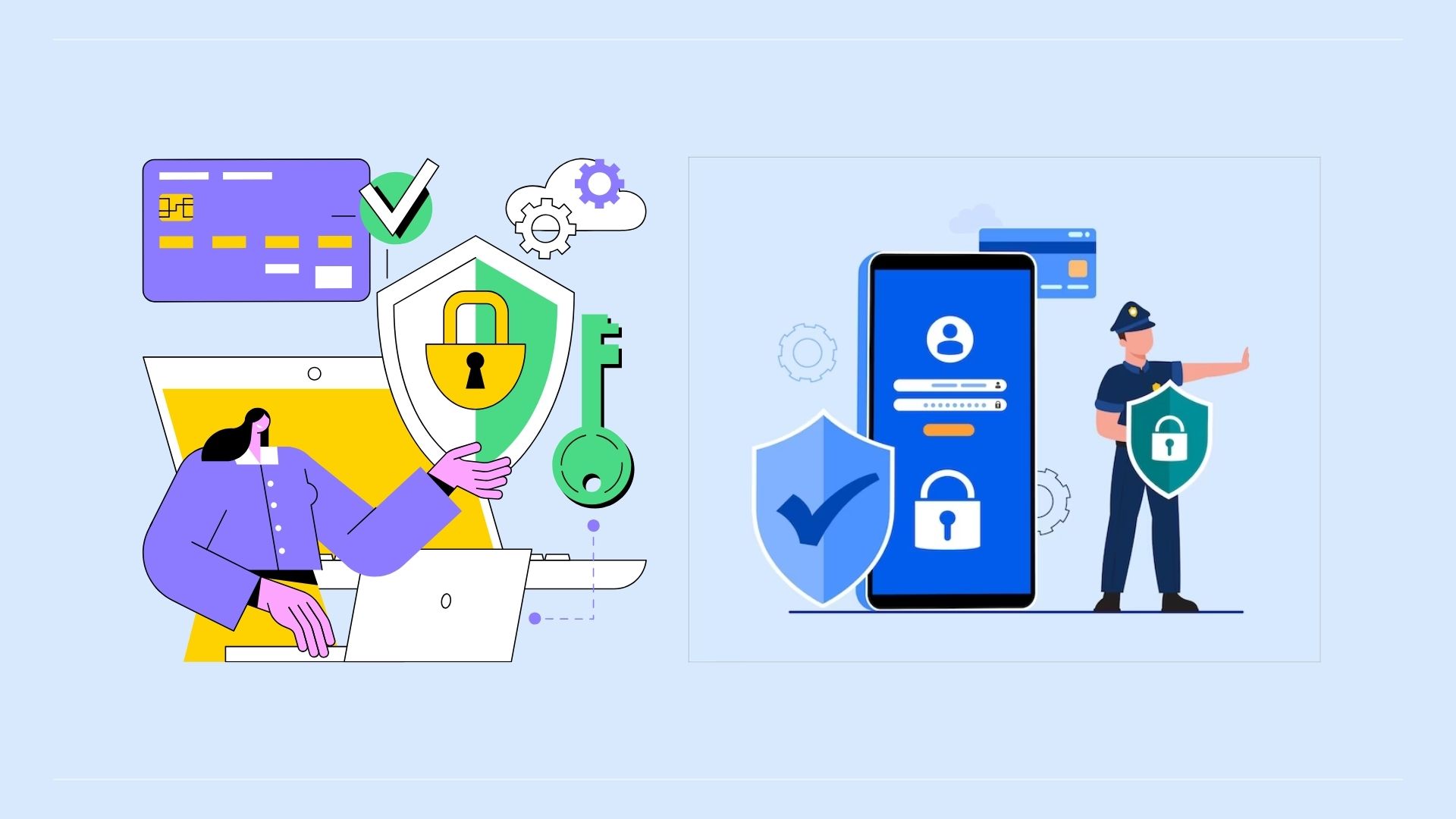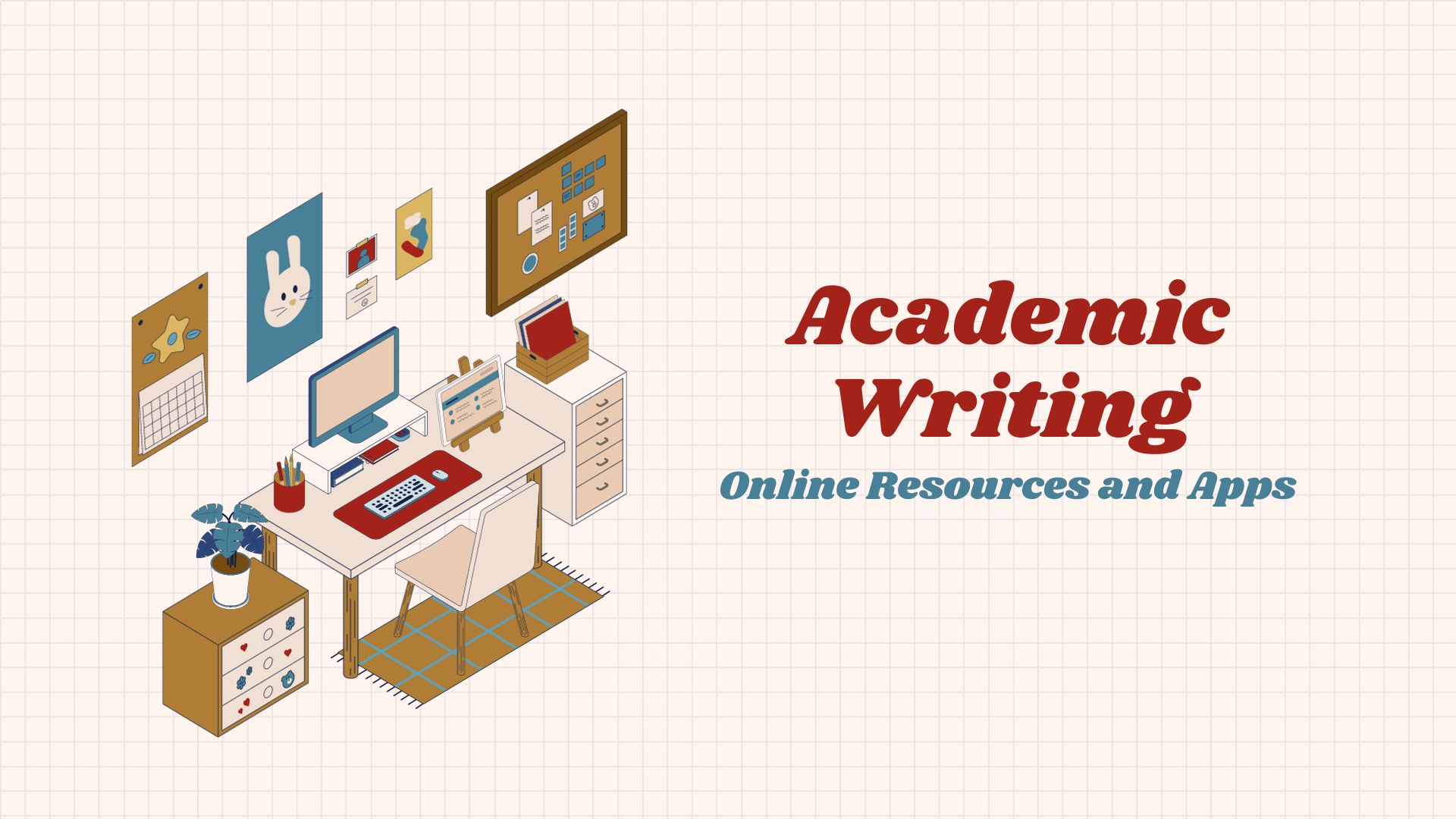Our Relationship with Mobile Apps: It’s Complicated
By Rob Hammond, Syniverse
Now that we are in the second half of 2014, I’ve been reflecting on a busy year of travel and come to the conclusion that our industry has a dysfunctional relationship with the mobile app. My trips included visits to major conferences like South by Southwest (SXSW) and Mobile World Congress as well as a slew of customer meetings across North America, Europe and Asia.
At SXSW, all anyone could talk about was mobile apps. With the exception of my favorite coffee app, customers and companies alike repeatedly talked about disappointing mobile app adoption, app overload, app aggregation and modest expectations for new mobile app deployments.
Fortunately, our industry is self-critical and has dedicated professionals that will point out unhealthy relationships and conduct interventions. At SXSW, a couple of these colleagues talked about the need for a balanced perspective and exhorted attendees to focus on the mobile Web, too. The discussion highlighted market reach and pointed out a number of challenges in mobile app use.
As I put all these conversations together, I’m drawn to think about mobile as a solution space. Mobile isn’t about marketing or mobile apps and the Web; it’s about engagement. It’s about engaging with customers at the point of need and delivering the richest, most compelling experience possible. It’s about adding context to the interaction – mobile context.
Mobile apps and the mobile Web are compelling communication channels, but so are “light apps” (operating-system-based apps) and text messaging. All four communication channels are needed to deliver on mobile’s potential.
Mobile App ‘Consumption' Process
If I can get a user to engage through a mobile app, it should be the most compelling user experience with the lowest transaction cost. But that’s a big “if.”
Consider for a moment the consumption process for an app. First, a user goes through a discovery phase. Then there is the need to learn about the app. Then a user goes to the appropriate app store, searches for and finds the app, and installs the app. Then the user has to accept the user agreement, approve notifications and approve location use. Finally, the user enters credentials or signs up.
This is not to mention the user likely already has 50 apps that fill the first two screens and thus has consolidated apps in groups. This is not a low-friction consumption process!
And there are other challenges. The utility of the app itself is diminished as notifications are marginalized with small icons or back pages, or the app is just deleted. Equally challenging is engaging customers before the app is installed, during stalled installations, during waning usage, and after they stop using the app.
Engaging Mobile Users
So how does a brand engage with an app “user” when the user is not using the app? Fortunately, there are options:
“Light Apps:” The app ecosystem is getting simpler for users with the availability of “light apps” that are included in an operating system. Apple Passbook and Google Wallet are examples in this category. A pass is easily created in any number of platforms and simply triggered by clicking on a link in a text message, or by initiating with a QR code. By leveraging the operating system application, a brand reduces friction in the app consumption process. These applications are not “wallets” in the conventional sense of holding money for transport, but “information wallets” that hold data and notifications.
On the downside, smartphone penetration represents half of the U.S. market and less elsewhere. For some use cases, the smartphone half of the market is the target market, but many smartphones alone don’t provide enough reach. Another challenge is the complexity created by having to develop a light app for both an iOS platform as well as an Android platform.
Mobile Web: Another option for engaging customers is the mobile Web. This medium leverages the browser, a rich and well-understood, technology. Data access is widely available, and with Wi-Fi there are no or low-cost options for users. Business models, development versions, user interfaces and associated technologies are widely understood. A Web session can be triggered by a variety of interactions, including QR codes, abbreviated URLs in texts, search results, or links, or by simply typing addresses. Content and rendering are flexible and work on a broad array of handsets.
Alas, current browsers aren’t on every handset, data sessions are not entirely free, and users routinely turn off data roaming while traveling to avoid charges. And, as noted above, smartphone penetration only represents about half of the U.S. market and less elsewhere.
Text Messaging: Last, we have text messaging, the often-overlooked workhorse of mobile. For at least the near future, messaging will continue to be the backbone of mobile engagement. Only messaging has ubiquitous geographic reach supported by the entire mobile device and network ecosystem. Messaging provides brands with a solution for engaging users without data service and before or after using an app. Whether it’s filling gaps in mobile engagement, initiating the app consumption process or being the bridge to a richer, more engaging experience, messaging is critical to mobile engagement.
Today’s mobile users increasingly want engagement in real time and in context to their usage. The app has been the focus of many brands’ mobile customer connections, but the app alone is not sufficient to reach all customers and employees. Brands require a more sophisticated strategy that takes strategic advantage of the wide array of mobile communication channels. To this end, light apps, the mobile Web, text messaging and apps all have a role in delivering the richest, most compelling user experience possible.
Rob Hammond is senior director, Enterprise Mobility Services, Enterprise Intelligence and Solutions, at Syniverse. Over his career, he has held global leadership positions in product management, sales, engineering and enterprise strategy, with a special focus in mobile and enterprise applications. He holds a Master of Science in engineering, a Bachelor of Science in electrical engineering and a Master of Business Administration.

Public relations, digital marketing, journalism, copywriting. I have done it all so I am able to communicate any information in a professional manner. Recent work includes creating compelling digital content, and applying SEO strategies to increase website performance. I am a skilled copy editor who can manage budgets and people.



